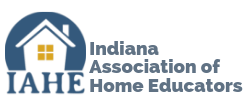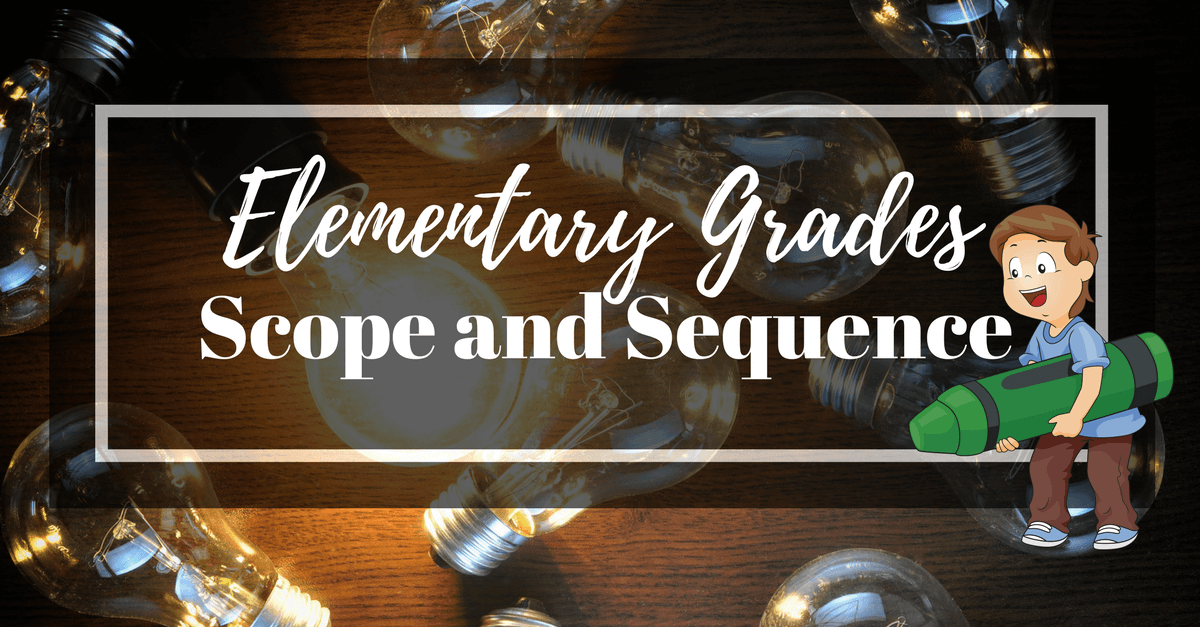Providing an Equivalent Education

One of the benefits of home education is the ability to tailor your child’s education to his or her specific needs.
When one follows traditional textbooks and learning styles, it is not difficult to document that education is taking place. One of the methods that home educators may choose to implement is delight-directed learning. Some may use the term “unschooling” due to the fact that it does not appear to be like a traditional education. Many homeschoolers may use delight-directed learning in their homeschool to at least some extent.
A question that must be considered by home educators is: How can one determine that they are providing an “equivalent education” as is required in Indiana Code? (IC 20-33-2-28)
IAHE asked an attorney, Tj Schmidt of Home School Legal Defense Association (HSLDA), about how to define an equivalent education. He said,
Indiana law does not explain what ‘equivalent instruction’ means and the Indiana Department of Education does not have the authority to determine what that is. It is something that would be determined on a case-by-case basis if there were questions as to whether a child was being educated.
In these situations, the courts will typically use the common meaning of the word. The Merriam-Webster Dictionary states that ‘equivalent’ is ‘equal in force, amount, or value.’ Therefore, a parent teaching their child at home could demonstrate they were providing equivalent instruction by demonstrating they had provided instruction to their child for the same amount of time as the public school. Another option would be to demonstrate that the type of instruction materials they were using were just as comprehensive as those provided in the public school. Finally, they could show that the actual instruction was producing results (i.e. that their child was on/above grade level for their age/abilities).
HSLDA also recommends that families follow the same general subjects that would be taught in public school, and must teach in the English language. Schmidt continues, “As far as keeping records, Indiana state law only requires attendance records (i.e. the first suggestion listed above-same number of days of instruction). HSLDA does recommend that parents keep (detailed) records of the instruction completed for the current school year just to aid in the event of any challenge to their homeschool program.”
These detailed records should include:
• Attendance records
• Information on textbooks and workbooks that your student used
• Portfolios of work
• Samples of schoolwork
• Test results
• Records of any correspondence with school officials
• Any documents that demonstrate that your child is receiving an appropriate education in compliance with the law.
Records should be kept for at least two years. High school records and any home education notification with the State of Indiana (if you choose to report enrollment) should be kept permanently.
Recommended resource to aid in documenting delight-directed learning:
Senior High: A Home-Designed Form+u+la, Barbara Edtl Shelton
Secondary School Recordkeeping to Demonstrate an Equivalent Education
As we consider what it means to provide an “equivalent education”, we need to consider our student’s possible post-secondary education. Even though the student may not desire a college education at eighteen, he may change his mind in a few years. As home educators, it is crucial that we maintain solid records. When we decide to home educate, we agree to responsibly oversee and implement our child’s education. It is a serious proposition that is not to be taken lightly. Homeschoolers need to provide their student with an equivalent education to the public school even though the specifics are not mandated. IAHE believes that flexibility for each student enables us to provide a superior education.
Many families home educate because they don’t want their child to settle for an equivalent education to the public schools. They desire a superior education! Only parents know what that may mean for their child. The most important thing parents can do is to teach their child how to learn and teach to mastery, so that the student actually understands the material and doesn’t only learn the information for a test. By the time a student graduates from high school, he needs to know how to teach himself. The student needs to be able to learn from a book or teach himself without having to rely on someone else to “spoon-feed” the information to him. This will truly prepare him for college and for life.
As private schools, Indiana homeschool families determine their own criteria for graduation and issue their student’s diploma. Many families use the Indiana Department of Education’s diploma standards as a guide. Although Indiana’s CORE 40 requirements are not mandated for homeschoolers, Indiana college admission departments may require a student to follow the Indiana CORE 40 requirements as a minimum. One of the advantages of following the Core 40 with academic honors is that it will prepare you for the rigors of college. If a student would like to be considered for an honors college, Indiana’s “Core 40 with Academic Honors” is the recommended guideline to follow. Many Indiana home educators follow the honor diploma requirements to best prepare their student for college.
A sample of high school records would be the following sample course descriptions accompanied by the high school transcript. Some colleges may ask for this information and some may not.
English III (1 credit)
A very thorough study of American literature from the Colonial-Revolutionary period through Modern, including an examination of the works in relation to the author’s lives and beliefs and in light of the period in which they wrote. More than seventy authors are included, and critical attention is given to movements such as romanticism, Darwinism, and religious liberalism. Grammar and punctuation are reviewed and vocabulary is further developed. Formal essay writing skills are practiced.
Textbooks:
- Jensen, Frode. Grammar. Grants Pass, OR: WORDSMITHS, 2003.
- Jensen, Frode. Punctuation. Grants Pass, OR: WORDSMITHS, 2003.
- Levine, Harold; Levine, Norman; & Levine, Robert T. Vocabulary for the College Bound. New York, NY: Amsco School Publications, Inc., 1993.
- Orgel, Joseph R. Scholastic Aptitude Vocabulary. Cambridge, MA: Educators Publishing Services, Inc., 1993.
- Payne, Lucile Vaughan. The Lively Art of Writing. Chicago, IL: Follett Publishing Company, 1996.
- St. John, Raymond A. American Literature for Christian Schools. Greenville, SC: BJU Press, 2003.
Algebra I (1 credit)
The student will study algebra and develop problem-solving skills. The topics studied include functions, algebraic expressions, systems of equations and their solutions, inequalities, polynomials, ordered pairs, Cartesian coordinate system, quadratic equations, probability, square roots/higher ordered roots, geometric solids, uniform motion problems, Pythagorean theorem, slope-intercept method of graphing, and graphs of linear/non-linear equations.
Text:
Clark, Thomas E. Algebra: A Complete Course. 2nd. Ed. Indianapolis, IN: VideoText Interactive, DVD and books, 2000.
Chemistry/Lab* (1 credit)
The class and lab introduces students to chemistry. Topics include measurement and units; energy, heat, and temperature; atoms and molecules; classifying matter and its changes; counting molecules and atoms in chemical equations, stoichiometry, atomic structure, molecular structure, poly atomic ions and molecular geometry; acid/base chemistry, chemistry of solutions, the gas phase, thermodynamics, kinetics, chemical equilibrium, and reduction/oxidation reactions. Labs include air has mass, air takes up space, comparing conversions to measurements, density of liquids, calibrating the thermometer, measuring the heat capacity of a metal, distinguishing between chemical and physical change, condensing steam in an enclosed vessel, measuring the width of a molecular, limiting reactants, electrical charge, how the eye detects color, polar covalent versus purely covalent compounds, solubility of ionic compounds, acids and bases, acid/base titration, effect of temperature on solid and gaseous solutes, investigation of a solute that releases heat, freezing point depression, using the ideal gas law, determining ∆H of a chemical reaction, factors that affect chemical reaction rates, effect of a catalyst, and invisible writing.
Textbook:
Wile, Jay L. Exploring Chemistry with Creation. 2nd Ed. Anderson, IN: Apologia Educational Ministries, Inc., 2003.
*Note that documenting labs as a part of the science class is extremely important for college admission.



Trackbacks/Pingbacks